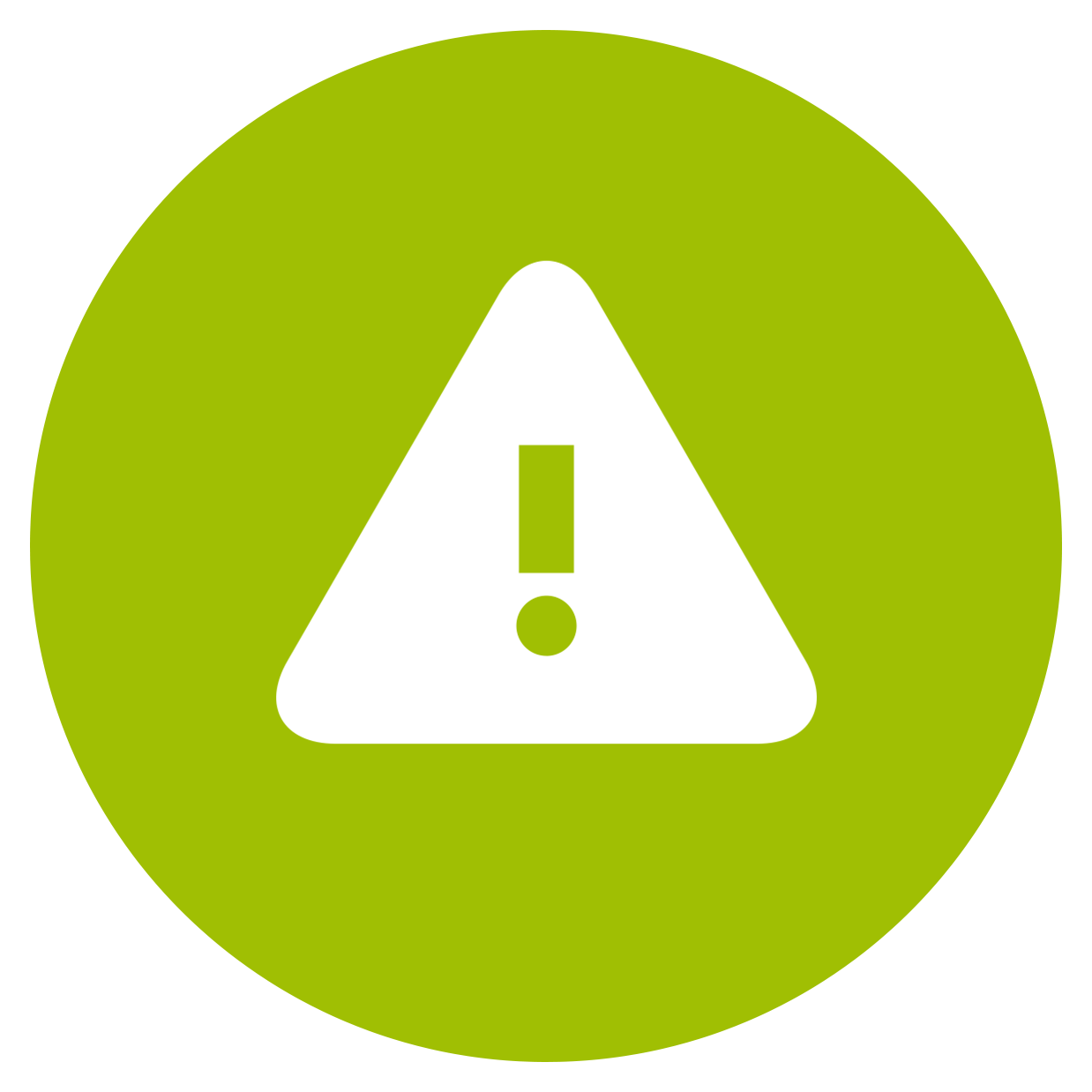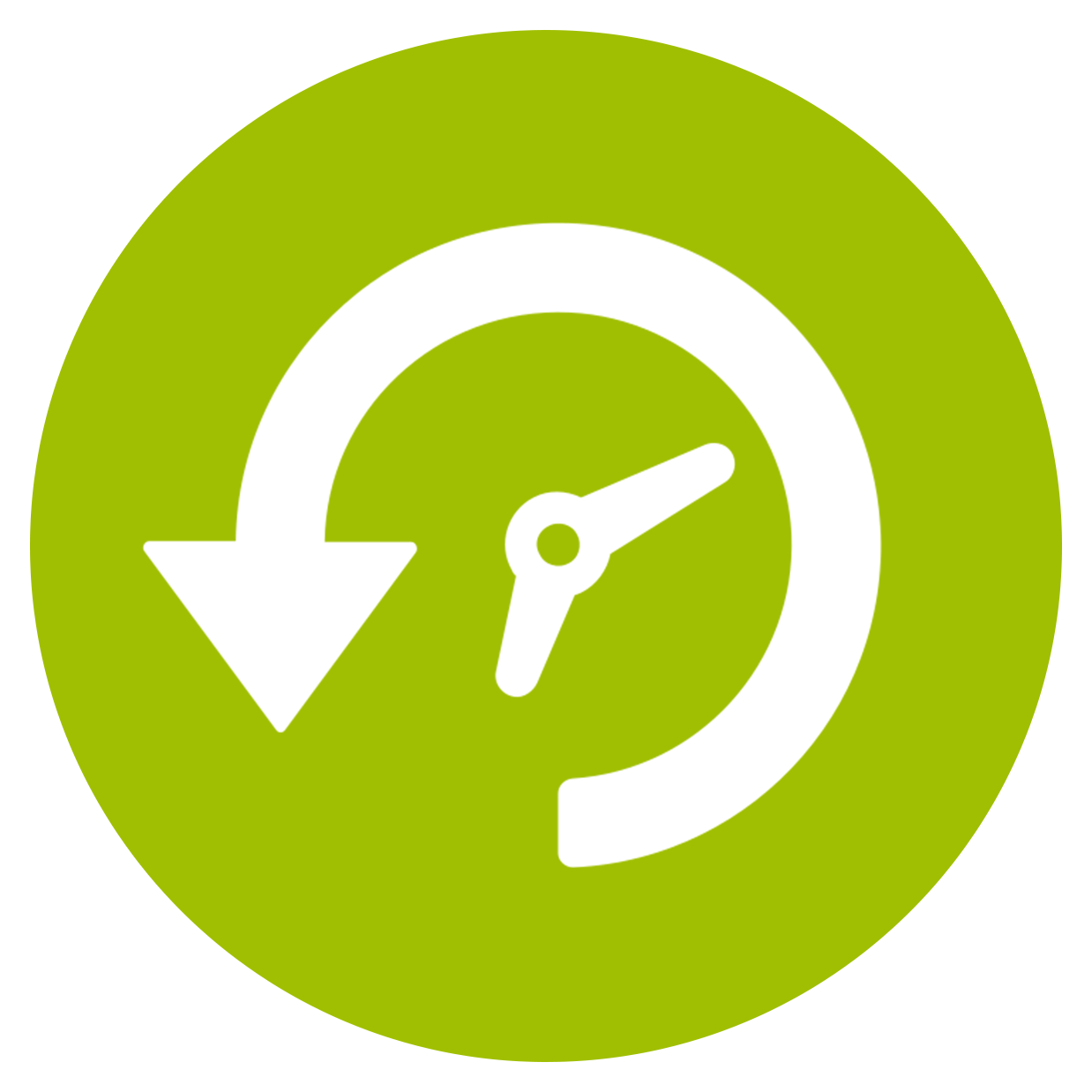NPS Follow-up Email: Strategies for Deeper Insights
Written by Support EXP


Knowing how to write a follow-up survey email can mean the difference between just having an NPS metric and having the meaning behind it. Net Promoter Score (NPS)® may have gained its popularity by being “the ONE number you need to know,” but if you really want to get actionable insights from your customer feedback, you need to dig deeper. A great way to do this is with an NPS email survey as part of your follow-up strategy.
The smaller the survey, the more likely people are to respond to it, so asking the standard NPS “Would you recommend…?” question can draw a good response rate on the initial outreach email. To get the best feedback for your business market research, however, you need to dig below the general survey results. The best way to find out more about a customer’s underlying experience and brand reactions is to ask NPS follow-up questions. Often, you can ask these questions in an email, allowing you to follow up with users and find out what motivated them and how you can improve. In today’s article, we’ll help you improve satisfaction by taking you through the questions to ask, the timing to follow, and all the other details you need to know about follow-up emails for an NPS survey.
Key Takeaways:
- Personalize your NPS survey follow-up emails to find out more.
- Ask specific NPS follow-up questions tailored to detractors, promoters, and passives.
- Make some questions in your emails open-ended, so you can capture and review information you can put to work for you.
- Use an effective subject line — personalized, if possible.
- Ask the NPS follow-up question in a timely manner and make responding to your email easy.
- Make this follow-up email a priority. It’s an important piece of improving your NPS, building a long-term customer relationship, and enhancing your brand image.
How Do You Write a Follow-up Survey Email?
When writing a follow-up survey email to a net promoter score survey, be sure to personalize it as much as possible. Use the customer’s name. Reference the experience you’re trying to get more information about. Thank them for responding to the initial NPS question. And tell them how their feedback will be used to improve the customer experience.
Ask specific follow-up questions that determine the WHY behind the customer’s score. What were they thinking and feeling during the experience with your business? What made them feel happy and appreciated? What frustrated them? Usually, the stronger the emotion, the stronger the memory of the experience (whether it was a good or bad experience). What does the customer value that was delivered – or not – during their experience?
When you gain insight into the customer’s motivations for their answer, you gain more than just a data point. You gain actionable feedback, and that’s a valuable tool that can be used to drive change in your business and increase customer satisfaction.
Follow-Up Questions to Ask for Net Promoter Score
When you’re following up with survey participants via email, it’s important to know what questions to ask. A well-timed, well-placed question is a great way to gain deeper insight into what your customers are thinking and feeling about their experiences with you, but a poorly worded or confusing question will lead to few responses or low-quality feedback. How can you improve your net promoter score with a better follow-up? Here are our biggest tips to help you create tailored customer questions that accurately reflect user experience with your brand.
Use Personalized Questions
Ask questions based on the score the customer gave you on their survey. Ideally, you should have set questions for promoters, detractors, and passives. A follow-up question based on the customer’s unique experience makes promoters and detractors alike more likely to answer your questions and give you a helpful review. For example, you might follow up with this question to detractors: “What could we have done to give you a more positive customer experience?” In contrast, you might ask promoters to complete a task, formatting your question like this: “We’re so grateful for your positive feedback! Would you be interested in sharing our page on your [Facebook, Instagram, LinkedIn, or whatever social media platform you’d like]?” You could then share a link to help the customer easily share their experience with others after completing the survey.
By tailoring your questions based on individual customer feedback, you make it more likely to get helpful answers that make it easier to improve your net promoter score. In addition, you create a feedback loop that shows your customers you are listening to them and value their perspective.
Make Your NPS Follow-up Questions Open-ended
Customers often enjoy talking about their unique experience, but if you limit all their answers to a basic multiple choice or yes/no format, you miss out on the opportunity to get detailed feedback that can help clarify an NPS rating and give customers an outlet to express their satisfaction (or lack of it). While you can (and should) ask more narrow questions in your follow-up to the survey, make sure you give people an opportunity to freely share their thoughts with a blank text box. Try asking a few questions like,
“What was your favorite and least favorite part of the brand experience?”
“Do you have additional feedback you’d like to share?”
“How could we make you feel more valued as a customer?”
Some survey respondents won’t be interested in sharing many thoughts in their emails, which is okay. Those that do share – whether they’re promoters or a detractor – will offer valuable insights that can help you improve customer experience and company performance.
Focus on Feedback from Detractors
It’s great to get feedback from customers who love your brand. Who doesn’t want to hear how great a job they’re doing? However, a stream of happy survey results that offer glowing praise doesn’t help you improve your performance in a meaningful way. That being said, you should focus on finding constructive feedback, often from NPS survey detractors. This means drilling down to the heart of a detractor’s problems with your company. Try asking questions like these in your email:
“We’re sorry our product did not meet your expectations. How could we improve it going forward?”
“Thank you for your honest review. How can we make your experience better next time?
You can still ask for constructive feedback even with passive and promoter score customers. Consider questions like,
“We’re glad you had a good experience with our product. Is there a way we could have made your experience even better?”
“Thank you for your positive feedback! If you could change one thing about your experience with our business, what would it be?”
These questions focus on getting helpful, constructive feedback that you can analyze, even from a net promoter, rather than generic praises that don’t help you improve as a company. And you want feedback that you can put to work to build your brand!
NPS Subject Lines for Your NPS Email Surveys
What makes for a good NPS email subject line? Why is it so important? People are so swamped by emails that it’s easy for a message to get overlooked. And there are so many distractions that the average person’s attention span is shrinking every day.
Your email subject line can be the only chance you have to get the recipient to open your email and get feedback on the customer experience based on your net promoter score. You have to make it impactful. You have to make it inviting. But most of all, you have to make it spam filter-proof. Something like, “We value your opinion,” is a stock phrase that people have become numb to by repetition. Moreover, you don’t want inboxes to block your emails because they feel too “spam-y.” That’s not a good formula for getting a good NPS response rate.
The more specific you can make your subject line, the greater your chance of making the reader pause and, just maybe, take the time to open your email. Use the recipient’s name – a direct, personalized address is always one way to catch a person’s attention. Reference the specific experience you want to learn about, e.g., “David, how was your visit to our Western Hills branch yesterday?” This gets the reader immediately recalling the experience, bringing their memory of the experience to the top of their mind. If something stuck out, they might welcome the opportunity to give feedback on it based on your email.
When to Send Your NPS Survey
Knowing when to send your NPS survey to a customer depends on whether you are trying to evaluate a transactional experience (a specific event) or the overall relationship. If it is the latter, a good rule of thumb is to send a survey no more than every 3 to 6 months. If you have a large customer base, you can rotate your customer survey email deployment by quarter, so you are getting a steady stream of useful feedback.
For transaction surveys, try to follow up with the customer within 24 hours of the experience so their memory is fresh. Digital technologies have made it possible for customers to get a survey on their phones before they even leave the parking lot. Still, you don’t want to hit them when they are distracted and unlikely to respond to your NPS emails.
You want to make it simple and easy for them to respond. Try to find out the customer’s preferred way of communicating with you. Then, if you do get a response to your initial survey, follow through in the same channel, whether it be an email link or a social media invitation.
Another way to ensure a quicker response is to make your survey available offline. If many of your customers are older, they might prefer getting a phone call to navigating an online survey, which may create issues that prevent them from completing the survey.
The NPS follow-up email should not be considered of secondary importance. It is often the only way of getting value out of your customer’s NPS response. If your follow-up strategy doesn’t get you to that next level below NPS, you are leaving a lot of intel and insight on the table that you could be using to make your customer’s experience with your business one that is worthy of lifelong loyalty.
NPS is just one metric for measuring the customer experience at your bank or credit union. What you use to measure depends on what you want to know – and what you want to DO with that knowledge. If you’re interested in learning more about the NPS experience or getting help to craft that perfect email, Support EXP is here to help! We have advanced software that allows us to analyze survey responses and help you craft the perfect NPS follow-up email. Not only can we give you insights on NPS, but we also offer help with other popular metrics, like the customer effort score and the customer satisfaction score. Our survey software delivers the email surveys and business insights that you need. We can help you with just the right tools and expertise to get you the answers to your most challenging CX questions.
Have More Questions? Reach Out to Our Team Of Experts
Net Promoter®, NPS®, NPS Prism®, and the NPS-related emoticons are registered trademarks of Bain & Company, Inc., Satmetrix Systems, Inc., and Fred Reichheld.















